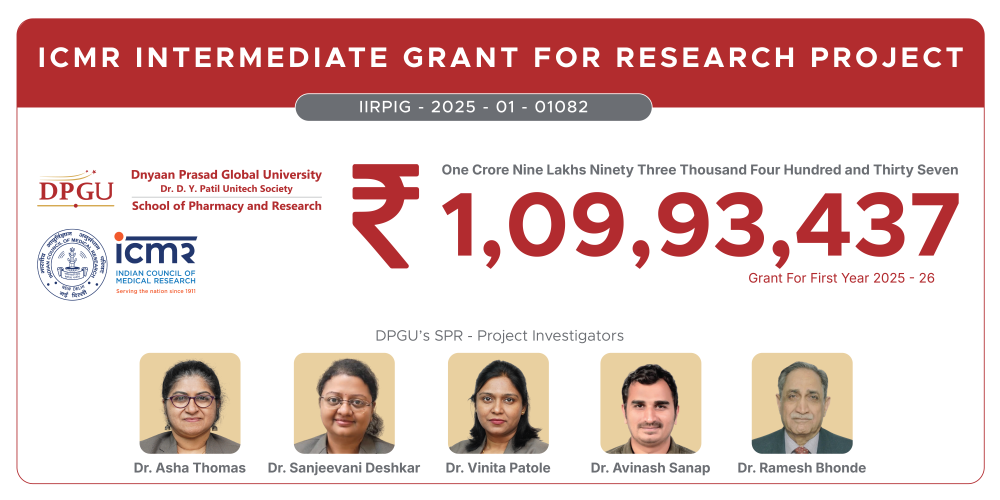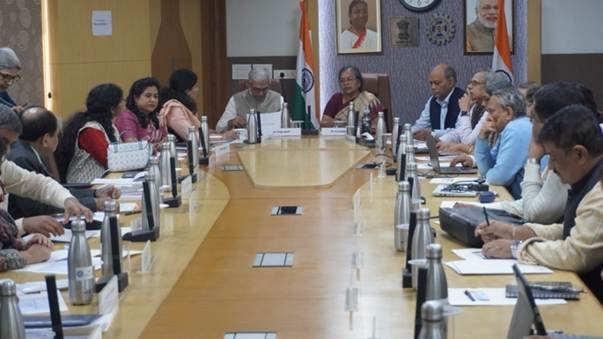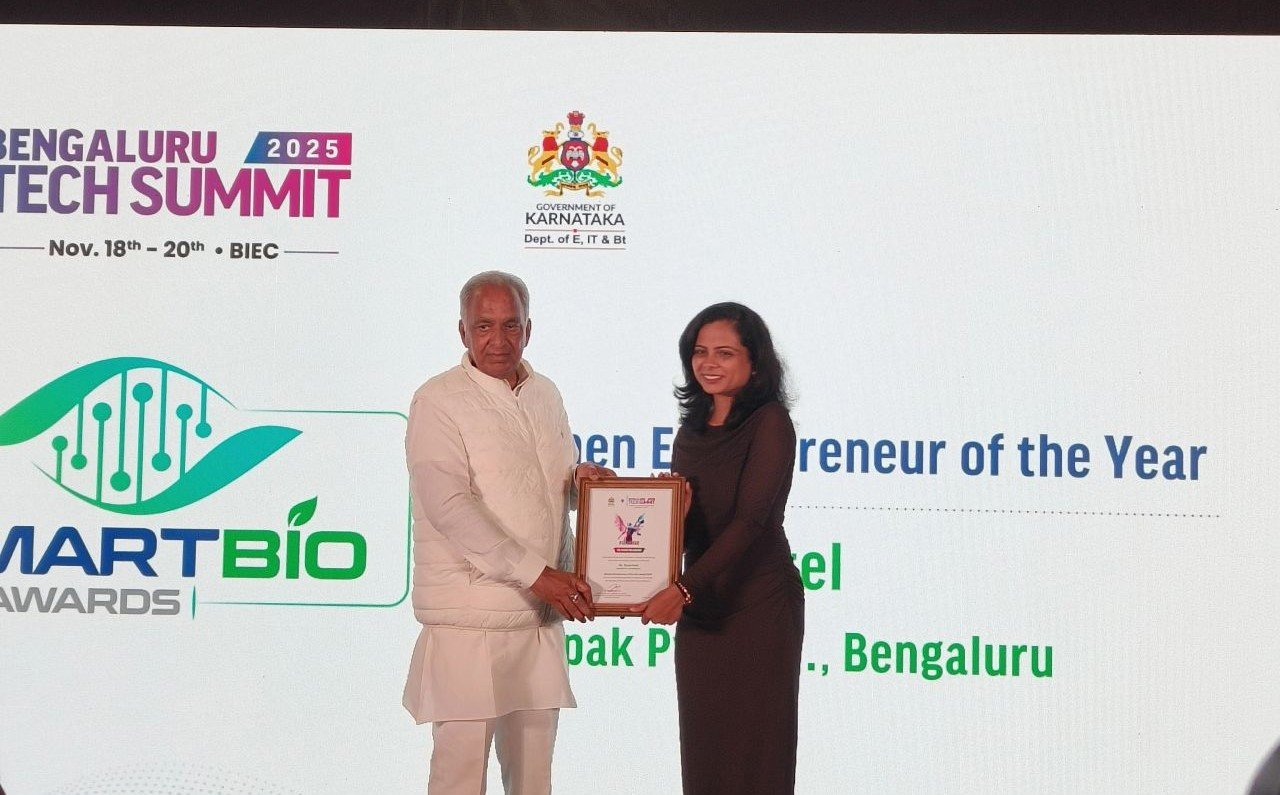Severe Shortage of Specialists: Experts call for developing new Strategies & Regulations
July 01, 2019 | Monday | News
Restructuring medical education, private participation, and adoption of new technologies can help in bridging the gap
The recent outbreak of AES in Bihar and its inadequate handling has once again underlined an urgent need to address the challenge of shortage of doctors in the country. On the occasion of National Doctor’s Day, healthcare leaders and experts have given a Clarian call to accelerate the pace of overcoming the crisis through new strategies. Restructuring medical education, private participation, and adoption of new technologies can help in bridging the gap.
According to them, developing a plan to expand supply will address the biased geographical distribution in medical education seats. If the government medical institutions alone are not being able to provide enough seats then some regulations that enable private participation in medical education need to be created. The shortage of doctors should further be addressed through increasing the capacity of DNB (Diplomate of National Board) seats and streamlined integration of overseas MBBS graduates.
In the next five years, if corrective measures are not taken timely, India may face an even more severe shortage of specialists to manage population health. According to NATHEALTH Aarogya Bharat Report, India is currently facing a huge shortage of nearly 2 million doctors and 4 million nurses. Available human resource and health infrastructure are highly uneven in terms of rural and urban areas. Inequitable distributions of skilled health workers result in inequity in providing quality healthcare to all. Rapidly growing Indian Healthcare sector is expected to generate demand for 15 million to 20 million new jobs for doctors, nurses and allied health professionals by 2025.
According to the reports of the World Health Organization (WHO), there is only one government doctor for every 10,189 people. The recommended doctor-patient ratio is 1:1,000, while the nurse-patient ratio is 1:483.
Amidst all challenges, deficiency of doctors has emerged as one of the biggest roadblocks in the making of a new healthcare ecosystem. Rural India accounts for about 70 percent of the population yet it has less than one-third of nation’s hospitals, doctors and beds, resulting in large disparities in health outcomes across States.
Dr Sudarshan Ballal, President, NATHEALTH said, “In order to cope up with this shortage of doctors, NATHEALTH has recommended a slew of reforms like increasing the capacity of DNB (Diplomate of National Board) seats, upgradation of district hospitals with a medical college on PPP model, building infrastructure for model villages and blocks in order to recruit and retain fresh talent at rural level,”
“The government needs to prioritize areas with a critical shortage of doctors along with regulations that enable private participation in medical education. To fulfill the dream of ‘Swastha Bharat’ (Healthy India), efforts to bridge the supply gap must be at the top of India’s National Health Agenda,” he added.
Technology should be harnessed to scale and accelerate the development of skills at lower costs, for example, through online continuing medical education (CME), virtual training and distance learning.
Doctors across the country have also addressed this crisis at different platforms. According to Dr. RN Kalra, Cardiologist & Medical Director and CEO, Kalra Hospital (SRCNC), “The existing doctor population can be scaled to an extent by reducing demand focussing on primary care can help reduce hospitalisation rates. We are facing an acute shortage of specialists, such as cardiologists, neurologists among others at all levels from primary to tertiary. So, along with bridging this gap, augmenting specialists, nurses and allied health roles can decrease the burden on doctors. And telemedicine and remote monitoring tools can also be used to widen the reach of existing doctors and increase their productivity.”
According to experts, better governance is required to improve the quality of healthcare personnel. Uniform governance standards in teaching, training and licensing of professionals must be applied. Mandatory accreditation of teaching institutes is necessary for better quality.










